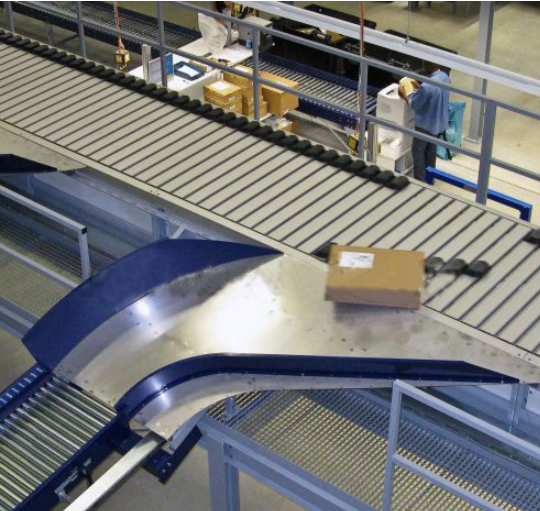For the quality of the automated production line, its sensors play a key role. A good automatic production line sensor must have good characteristics to ensure that the signal conversion is completed without distortion. The characteristics of automatic production line sensors can be divided into static characteristics and dynamic characteristics. From these two characteristics, the technical indicators of automatic production line sensors will be explained in detail.
Automated production line sensor technology:
1. It is called qualitative. Image qualitative refers to the change of the output value of the sensor with time when the sensor is operating for a long time.
2. Linearity. Linearity refers to the degree of deviation of the sensor input or output curve from the ideal straight line, which is indicated by general nonlinear errors. When the non-linear error of the sensor's open characteristic curve is small, it can be replaced by a linear relationship, or error compensation can be used to improve the linearity.
3. Anti-disturbance and various stickiness. Anti-disturbance refers to the ability of the sensor to keep its output unchanged under the effect of disturbance. Each awesomeness refers to the ability of the sensor to have outstanding input and output characteristics in case of errors (the difference between the actual output and the theoretical output of the game) and the parameter changes.
4. Zero drift and relocation of basin. Zero drift (zero drift) refers to the change in the output of the sensor when the input value is zero, which can be divided into time drift and temperature drift. Temperature drift refers to the change of output value when the outside temperature changes. Time drift refers to the change of output when the input value is zero at regular time under room temperature conditions.
5. Flexibility and resolution. Flexibility refers to the degree of flexibility of the sensor to the measured changes, usually indicated by the ratio of the sensor's “output” change to the “entertainment” change in a stable state. Resolution refers to the minimum input that the output of the sensor can be echoed and resolved. Resolution is a reflection of sensitivity. The higher the flexibility of the sensor, the higher its resolution.
6. Hysteresis, dead zone and hysteresis. The phenomenon that the actual rising characteristic curve of the sensor (the input value changes from adding to decreasing) and the actual falling characteristic curve (the gun input value changes from decreasing to adding) do not overlap, making the sensor characteristic curve form a ring shape. This phenomenon is called For hysteresis. Then, when the input is small to a fixed scale, it will not cause the change of the sensor output, that is, the dead zone (inflexible zone) of the sensor. The large difference between the actual rising characteristic curve of the sensor and the actual falling performance curve is called the hysteresis or variation.
7. Repeatability and reproducibility. When you press the increase (or decrease) to change repeatedly throughout the whole process, the degree of slackness of the input and output characteristic curve is called the repeatability of the sensor, which does not include hysteresis and dead zone. The reproducibility refers to the degree of dispersion between the practical rise characteristic curve and the practical fall characteristic curve of the sensor, which includes hysteresis and dead zone. Repeatability reflects the ability of the sensor to not be affected by random factors, and reproducibility is a measure of the stability of the sensor's function. Good repeatability and reproducibility does not necessarily mean high accuracy. A high-precision sensor must have good repeatability and reproducibility.
When selecting sensors for automated production lines, under the premise of detection functions and functional requirements (such as high measurement accuracy, high flexibility, good reliability, strong anti-interference ability, etc.), it also requires: small size, convenient installation and replacement, and easy protection Repairs will not affect the normal operating functions of the existing automated assembly line equipment.


Comprehensive intelligent manufacturing and equipment to meet customer customization needs
Shenzhen Headquarters Address: Building 7-B, District B, Renmin Middle Road, Kengzi Street, Pingshan District, Shenzhen
Consulting Tel: (+86)4008-29-4008
Sales Email: yuzhi@cieszs.com
